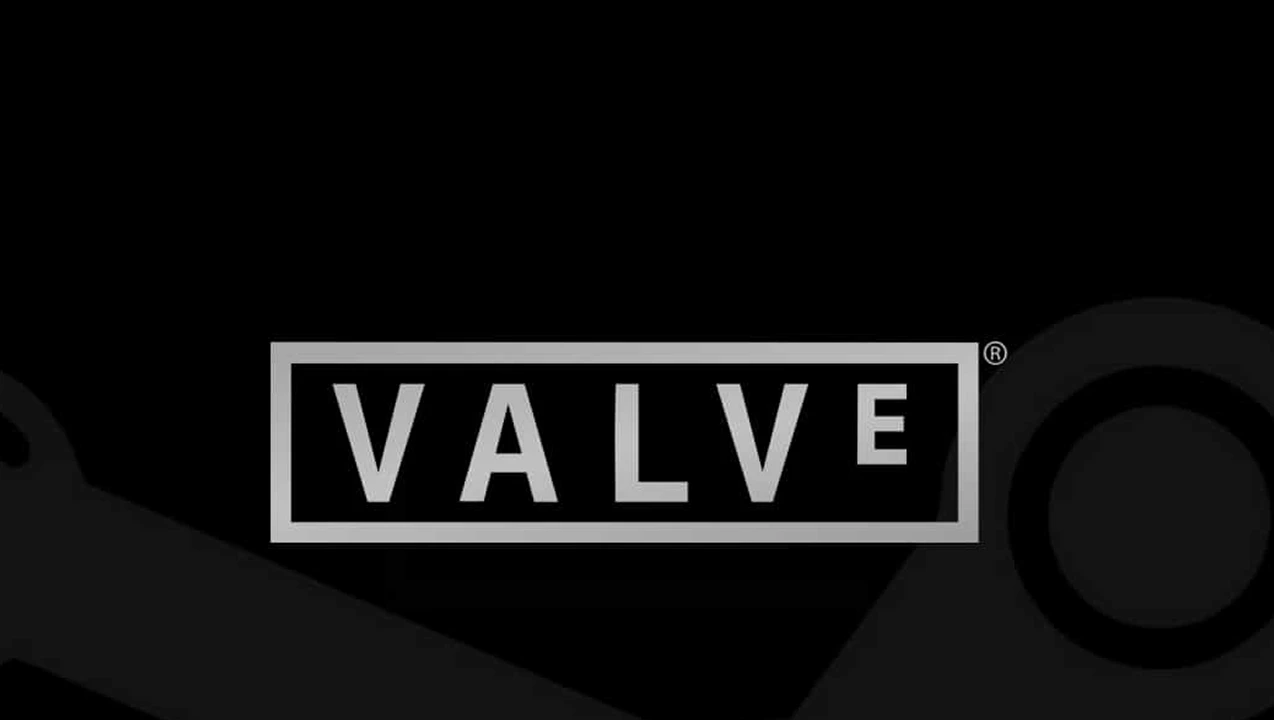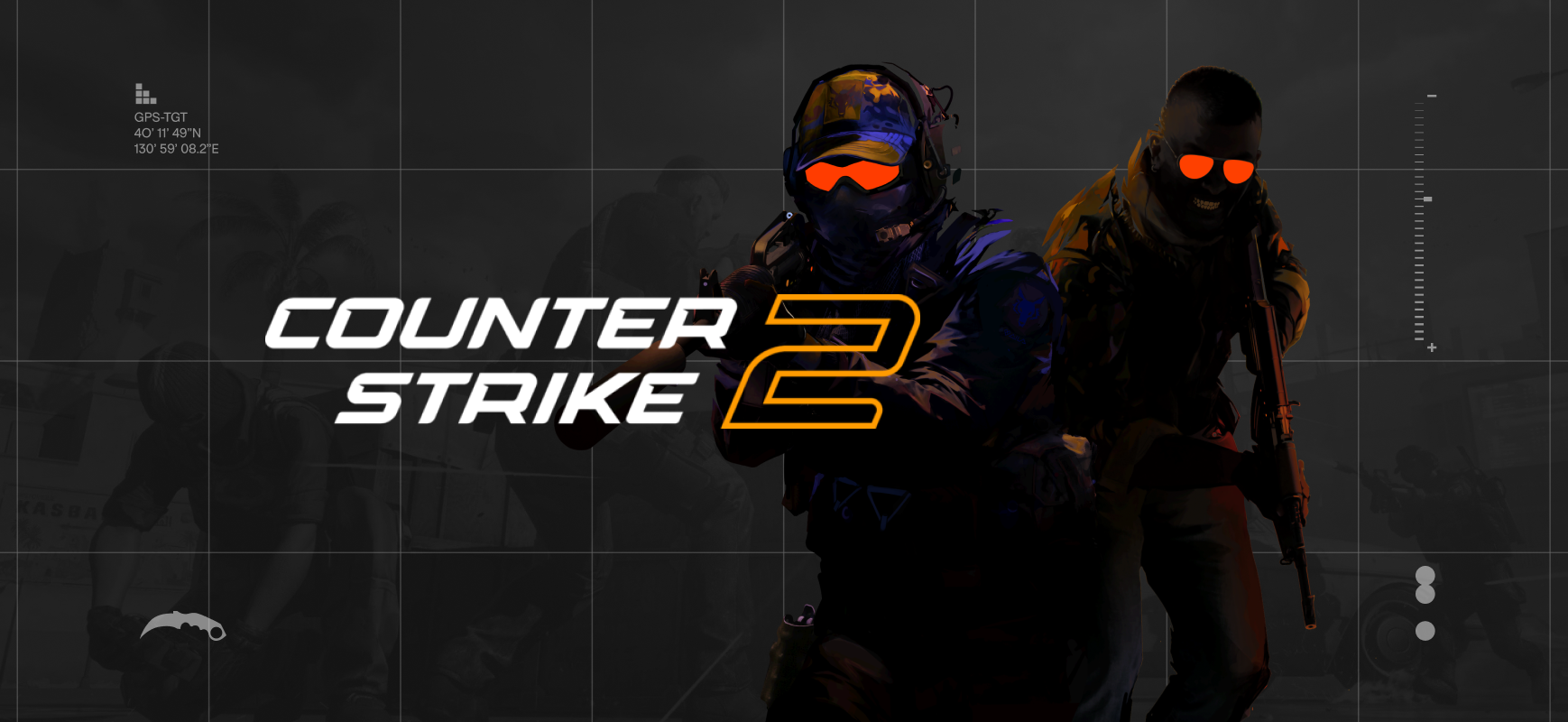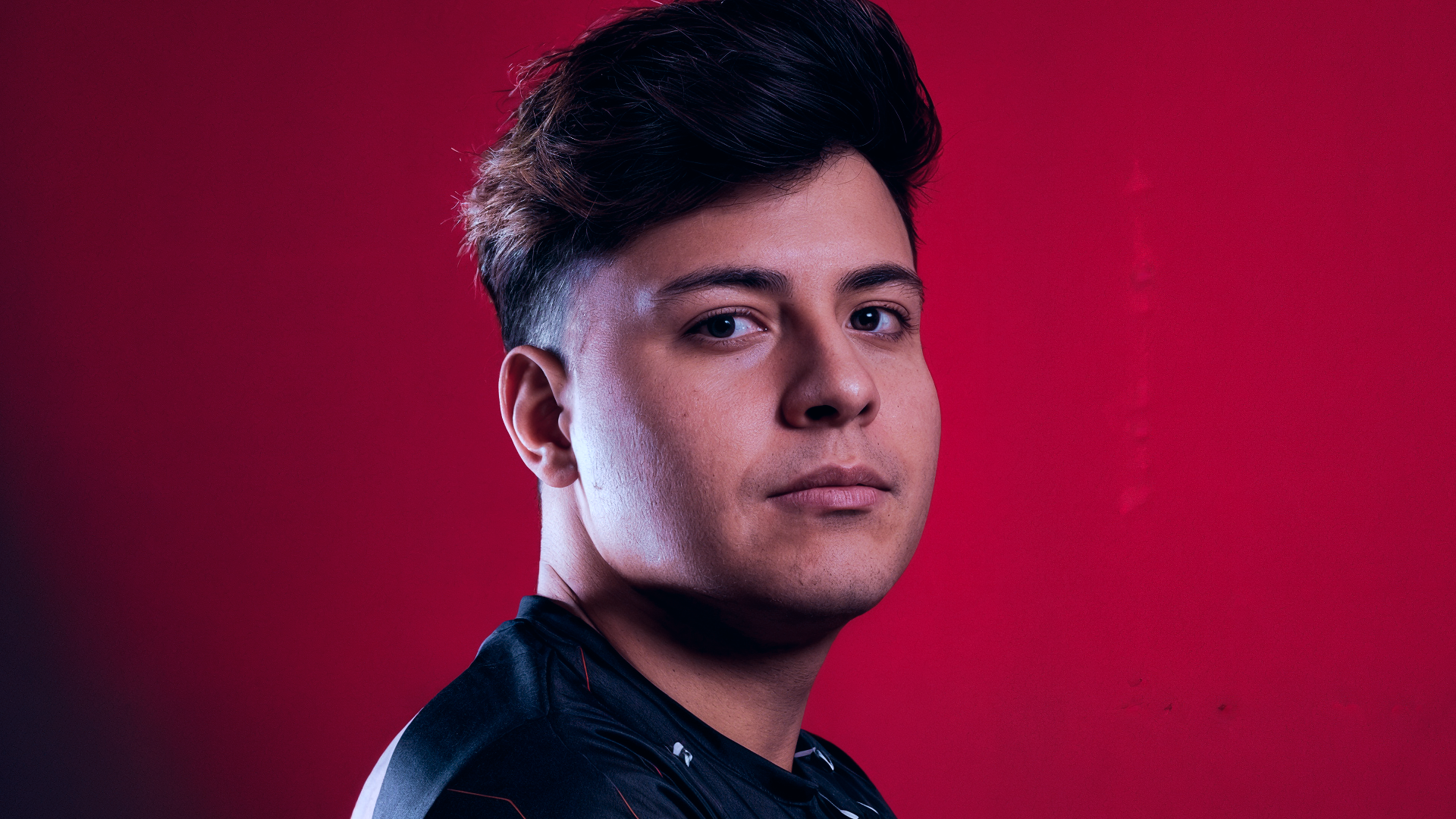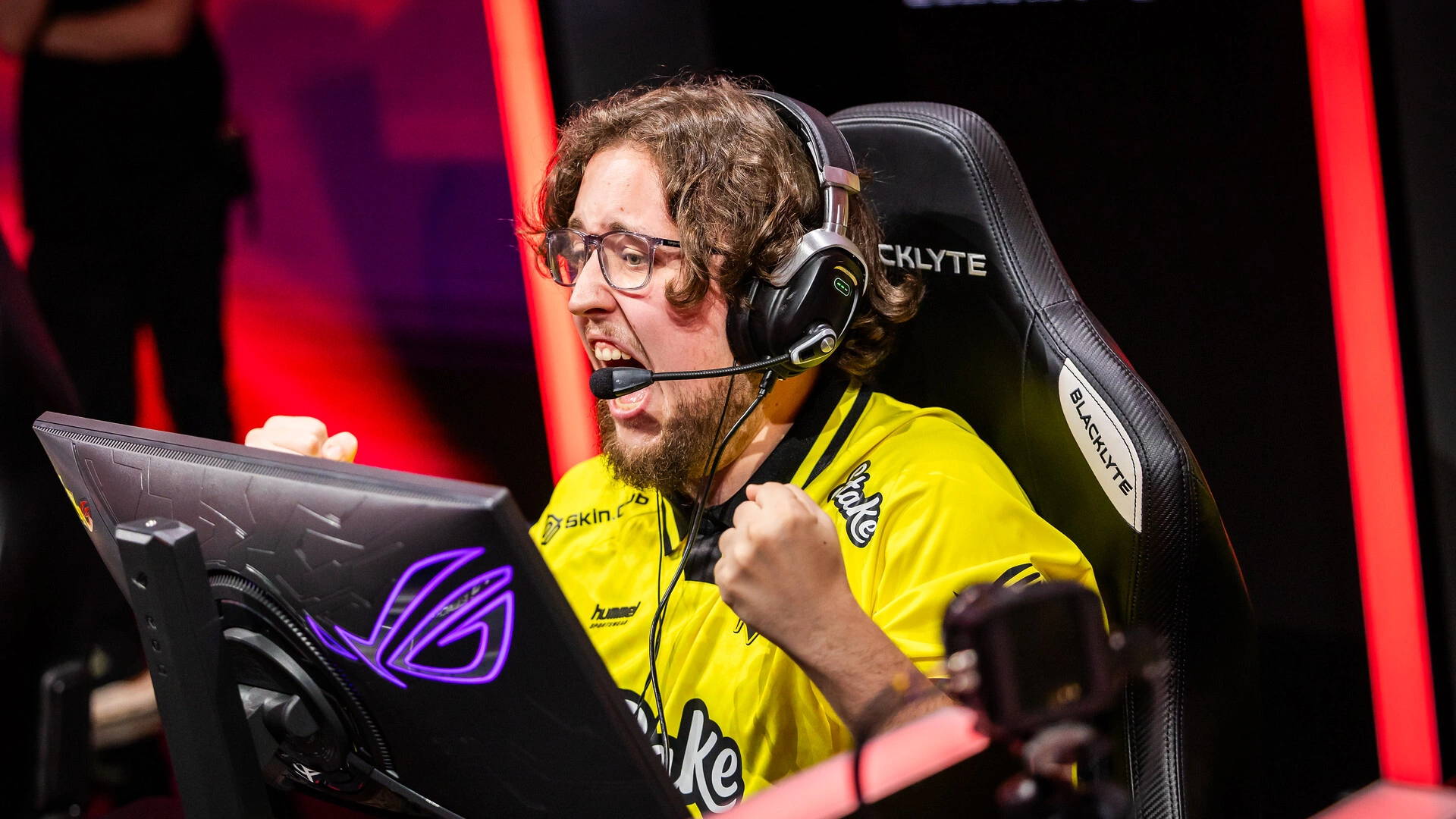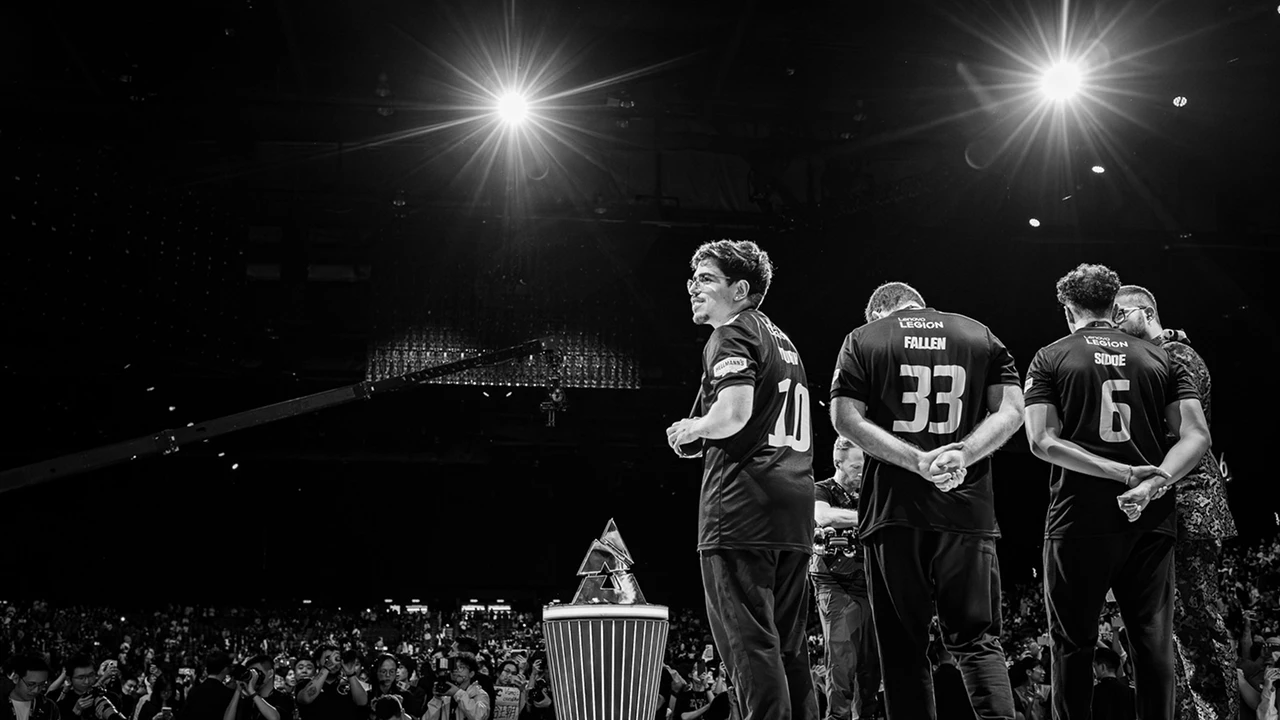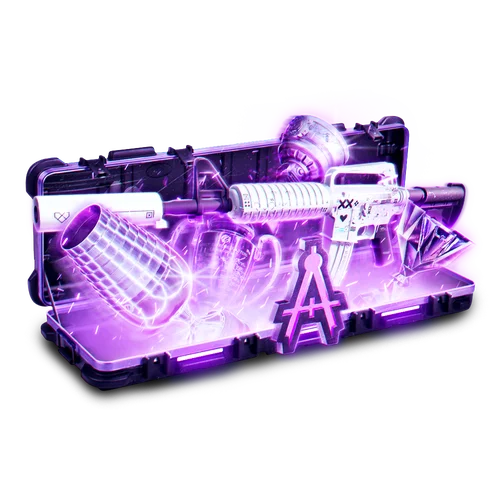Valve has introduced an update to the VRS (Valve Regional Standings) model, significantly changing the qualification process for Major tournaments. From now on, match results from third-party events throughout the year will influence team invitations to the later stages of the qualification process, with regional standings serving as the foundation for distributing invites.
What is the Regional Standings system?
The Regional Standings system reflects the strength of teams in Europe, the Americas, and Asia based on several factors. The model is designed primarily to predict future match outcomes and takes into account:
- Prize money earned by the team;
- Prize money earned by defeated opponents;
- Number of teams defeated;
- Head-to-head results.
The updated standings will be refreshed until the start of the open qualifiers. Based on the final standings, teams will receive invitations to the closed qualifiers, while all others will have to fight their way through the open qualifiers.
How was the model’s accuracy evaluated?
Valve published its evaluation methodology for rating accuracy: the relationship between expected and actual win rates shows a Spearman correlation of 0.98. This indicates a strong match between predictions and real outcomes, although the model currently underestimates underdogs and overestimates favorites.
read more
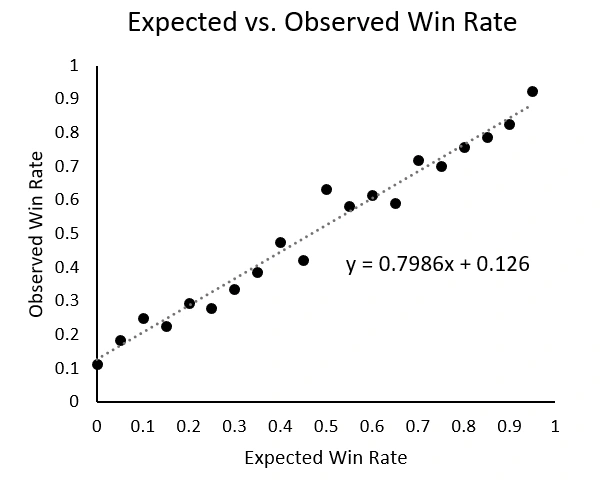
Tournament stages are now interconnected
Another important change is that Valve has finally addressed the issue of multi-stage events (such as IEM Katowice, IEM Cologne, and Majors). From now on, the prize pool of early stages (e.g. groups, qualifiers) will include a portion of the next stage’s prize pool. This increases the weight of these matches within the VRS system.
New roster participation requirements
Valve has also introduced a minimum participation requirement for players to be considered part of a team’s active roster in the VRS system:
“A player must have played at least 5 of the last 10 matches to be considered part of the active roster.”
This change aims to prevent temporary substitutes from displacing core players in the ranking system. For example, FaZe were affected by this issue in June when the system counted both skullz and s1mple in their roster, even though skullz had only played 3 matches.
What does this mean for teams and players?
The updated VRS model fundamentally changes the qualification ecosystem for Majors. From now on, consistent results across the year — not just at Valve events — will be key. Regular participation in tournaments, wins over strong opponents, and roster stability will directly impact a team’s chances of receiving a closed qualifier invite.
read more

For players, this also brings a new challenge: short-term stand-ins can no longer automatically qualify as part of an active roster if they haven’t played enough matches. Organizations will need to plan roster rotations and tournament schedules much more carefully.




































